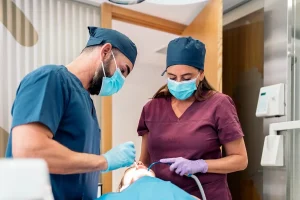Physical education is a cornerstone of holistic development, fostering not just physical fitness but also mental well-being and social skills. At Resume Professional Writers, we recognize the importance of developing skills in physical education for students of all ages.
This comprehensive guide explores fundamental skills, effective strategies, and assessment methods to enhance physical education programs. By focusing on these key areas, educators can create engaging and impactful learning experiences that promote lifelong health and fitness habits.
Mastering Core Physical Education Skills
Physical education extends beyond sports participation. It focuses on developing fundamental skills that create a foundation for lifelong physical activity and health. Let’s explore the essential skills every physical education program should emphasize.
Locomotor Skills: The Building Blocks of Movement
Locomotor skills form the basis of how we move our bodies through space. These include running, jumping, hopping, skipping, and galloping. Mastery of these skills enables participation in most sports and physical activities. Educators can design obstacle courses that incorporate various locomotor movements to develop these skills effectively. For instance, a course might feature a sprint section, followed by hurdles for jumping, and conclude with a hopscotch-style area for hopping and skipping.
Non-Locomotor Skills: Stability and Flexibility
Non-locomotor skills involve movements that occur while the body remains stationary. These include stretching, bending, twisting, and balancing. These skills improve flexibility, strength, and body awareness. Yoga and Pilates-inspired exercises excel at developing these skills. Teachers can introduce simple poses such as the tree pose (for balance) or the seated forward bend (for flexibility). A study in the Journal of Physical Education, Recreation & Dance found that students who regularly practice non-locomotor skills demonstrate improved posture and a reduced risk of injury in other physical activities.
Manipulative Skills: Object Control and Coordination
Manipulative skills involve controlling objects with various body parts. This category encompasses throwing, catching, kicking, striking, and dribbling. These skills (fundamental to many sports) require hand-eye or foot-eye coordination. To foster these skills, educators should provide diverse equipment like balls of different sizes, frisbees, and bean bags. Activities such as target practice for throwing and catching relays make skill development engaging and fun. The American Heart Association recommends at least 60 minutes of daily physical activity for children, with a significant portion involving manipulative skills to promote overall physical literacy.
Integrating Core Skills in Physical Education Programs
A well-rounded physical education program incorporates all these core skills into its curriculum. Teachers can design lessons that combine locomotor, non-locomotor, and manipulative skills in creative ways. For example, a relay race might require students to run (locomotor), perform a twist jump (non-locomotor), and then throw a ball at a target (manipulative). This integrated approach ensures students develop a comprehensive set of physical abilities.
Adapting Skills for Different Age Groups
It’s important to tailor skill development to different age groups. For younger children, focus on basic movements and simple games that introduce core skills. As students progress, introduce more complex activities and sports that build upon these foundational abilities. This progressive approach helps students continually challenge themselves and improve their physical literacy throughout their educational journey.
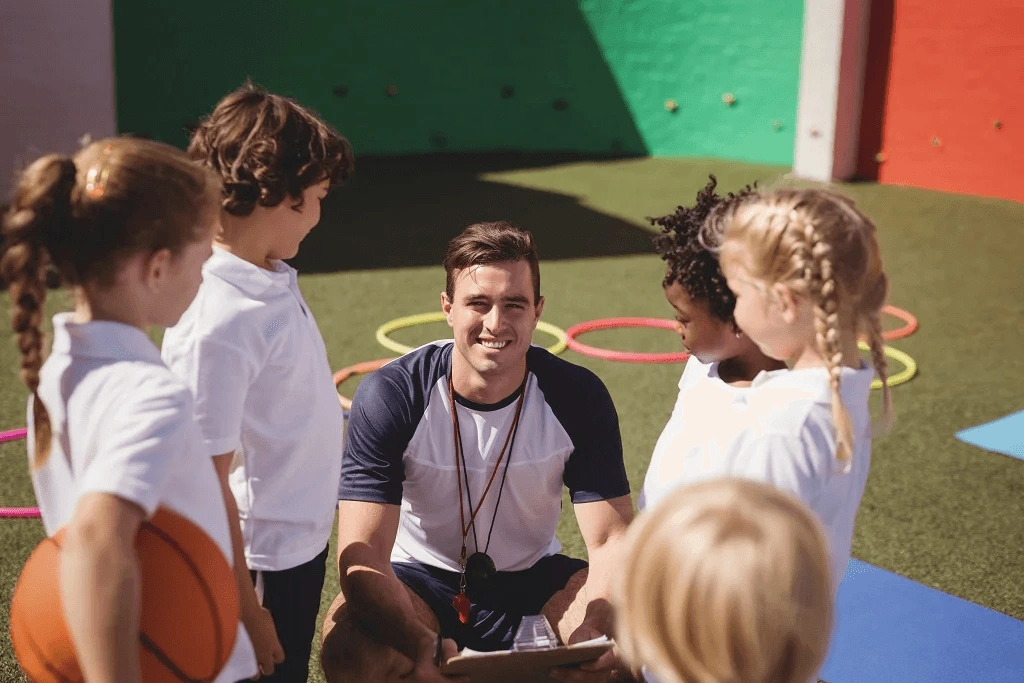
The mastery of these core physical education skills sets the stage for a lifetime of active living. In the next section, we’ll explore effective strategies for developing these skills, ensuring that physical education programs maximize their impact on students’ overall health and fitness.
Effective Strategies for Physical Education Skill Development
Progressive Skill-Building Techniques
Physical educators must implement a step-by-step approach to skill development. They should start with basic movements and increase complexity gradually. For instance, when teaching basketball, instructors begin with simple ball-handling exercises before advancing to dribbling, passing, and shooting. The National Association for Sport and Physical Education recommends that teachers dedicate at least 50% of class time to skill practice for mastery.
Engaging Activities for Enhanced Learning
Incorporating enjoyable activities maintains student interest. Teachers should use games that disguise skill practice as play. “Sharks and Minnows,” for example, improves agility and spatial awareness while providing entertainment. A study by the Journal of Teaching in Physical Education found that students who participated in game-based learning showed a 30% increase in skill retention compared to traditional drill-based methods.
Leveraging Technology and Equipment
Modern technology enhances physical education significantly. Fitness trackers motivate students by allowing them to set and monitor personal goals. Video analysis tools help students visualize their form and make corrections. The Society of Health and Physical Educators America reports that schools using technology in PE classes see a 25% increase in student engagement.
Equipment variety proves essential. Teachers should use different sized balls, resistance bands, and agility ladders to challenge students in new ways. Regular rotation of equipment keeps lessons fresh and exciting.
Adapting Exercises for Diverse Skill Levels
Students enter PE class with varying abilities. Teachers must create tiered activities that allow for success at various levels. For a jumping exercise, instructors can set multiple targets at different heights. This approach ensures that all students participate and improve, regardless of their starting point.
For students with special needs, teachers should adapt activities to ensure inclusivity. The Adapted Physical Education National Standards provide guidelines for modifying exercises to accommodate various disabilities while still promoting skill development.
Continuous Assessment and Feedback
Regular assessment and feedback play a vital role in skill development. Teachers should provide constructive feedback during practice sessions and use formative assessments to track progress. This ongoing evaluation (coupled with positive reinforcement) motivates students and helps identify areas for improvement.
The implementation of these strategies creates a dynamic learning environment that fosters skill development for all students. As we move forward, we’ll explore effective methods to assess and evaluate these skills, ensuring that students receive the guidance they need to excel in physical education. Investing in ongoing education, training, and skill development ensures that students remain valuable assets in their chosen fields.
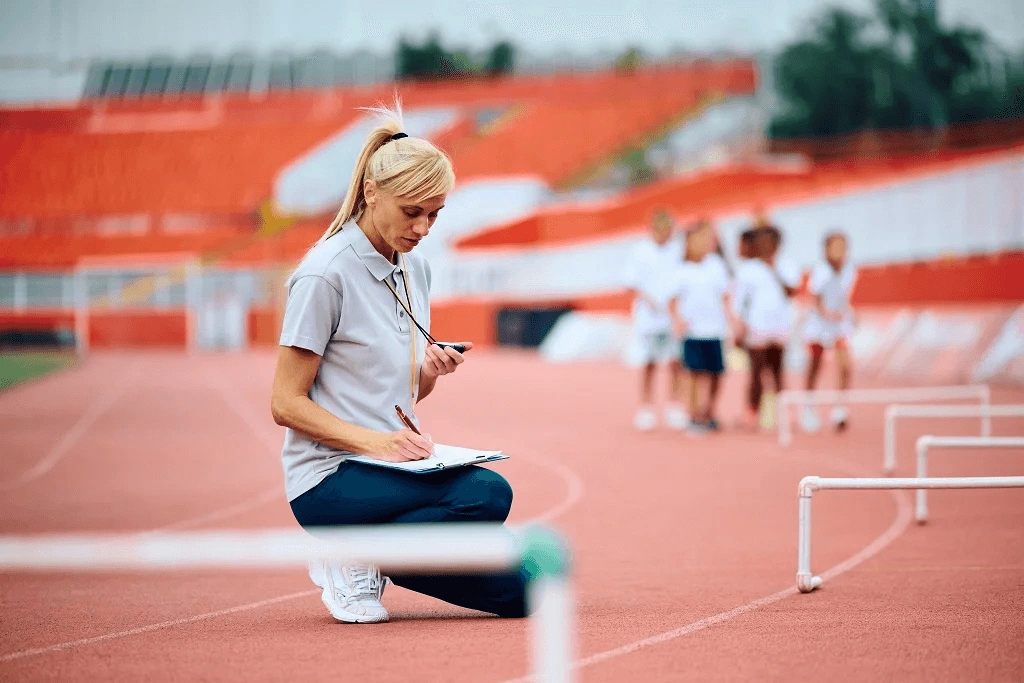
Measuring Progress in Physical Education
Observational Assessment Techniques
Physical educators use systematic observation to assess student performance. This method involves watching students perform specific skills and recording their proficiency levels. When evaluating a student’s throwing technique, teachers focus on key elements such as arm position, weight transfer, and follow-through. SHAPE America recommends using a structured observation form to ensure consistency across assessments.
To implement this effectively, create a checklist of critical components for each skill. During class activities, move around the space and observe students individually. Make quick notes on their performance, focusing on one or two specific aspects at a time. This approach allows for a comprehensive evaluation over several sessions without overwhelming the instructor or disrupting the class flow.
Performance-Based Evaluations
Performance-based assessments provide a more comprehensive view of a student’s abilities. These evaluations involve students demonstrating their skills in real-world scenarios or simulated environments. For instance, a basketball unit might conclude with a mini-tournament where students apply their dribbling, passing, and shooting skills in game situations.
To maximize the effectiveness of performance-based evaluations, clearly communicate expectations to students beforehand. Provide a rubric that outlines different levels of proficiency for each skill being assessed. The Physical Education Curriculum Analysis Tool (PECAT) developed by the Centers for Disease Control and Prevention offers guidelines for creating such rubrics.
Peer and Self-Assessment Strategies
Incorporating peer and self-assessment fosters student engagement and develops critical thinking skills. In peer assessment, students evaluate each other’s performance based on predetermined criteria. This method not only provides valuable feedback but also deepens students’ understanding of proper technique.
For self-assessment, have students record their performances on video and analyze their own form. Provide them with a checklist of key points to look for in their technique. A study published in the Journal of Teaching in Physical Education found that students who regularly engaged in self-assessment showed a 20% improvement in skill execution (compared to those who did not).
Implementing Assessment Methods
Dedicate time at the end of each unit for reflection. Guide students through the process of giving constructive feedback to their peers and analyzing their own performance. This approach not only enhances skill development but also promotes lifelong learning habits.
These diverse assessment methods allow physical educators to gain a comprehensive understanding of student progress and tailor instruction accordingly. Regular evaluation ensures that students receive the guidance they need to excel in physical education and develop habits for a healthy, active lifestyle.
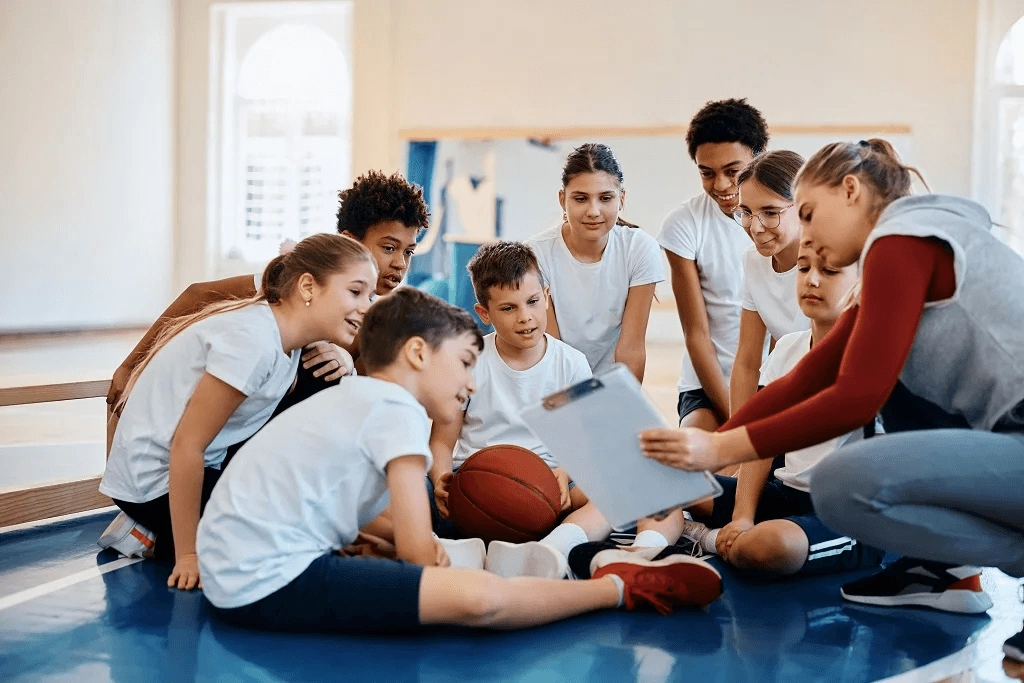
The Lasting Impact of Physical Education on Lifelong Success
Physical education shapes students’ overall well-being beyond the gymnasium, fostering a lifelong commitment to health and fitness through skill development. As student needs evolve, educators must adapt their approaches by implementing progressive techniques and engaging activities that resonate with modern learners.
Equally important is the role of assessment and evaluation in this process. Observational techniques, performance-based evaluations, and peer assessments provide valuable insights into student progress, empowering them to take ownership of their learning journey. This approach not only measures skill acquisition but also builds confidence across a wide range of activities.
In tandem with these benefits, physical education nurtures social and emotional skills by teaching teamwork, communication, and leadership. Through diverse activities, students also develop discipline, perseverance, and resilience, fostering a sense of confidence and collaboration that extends well beyond the gym.
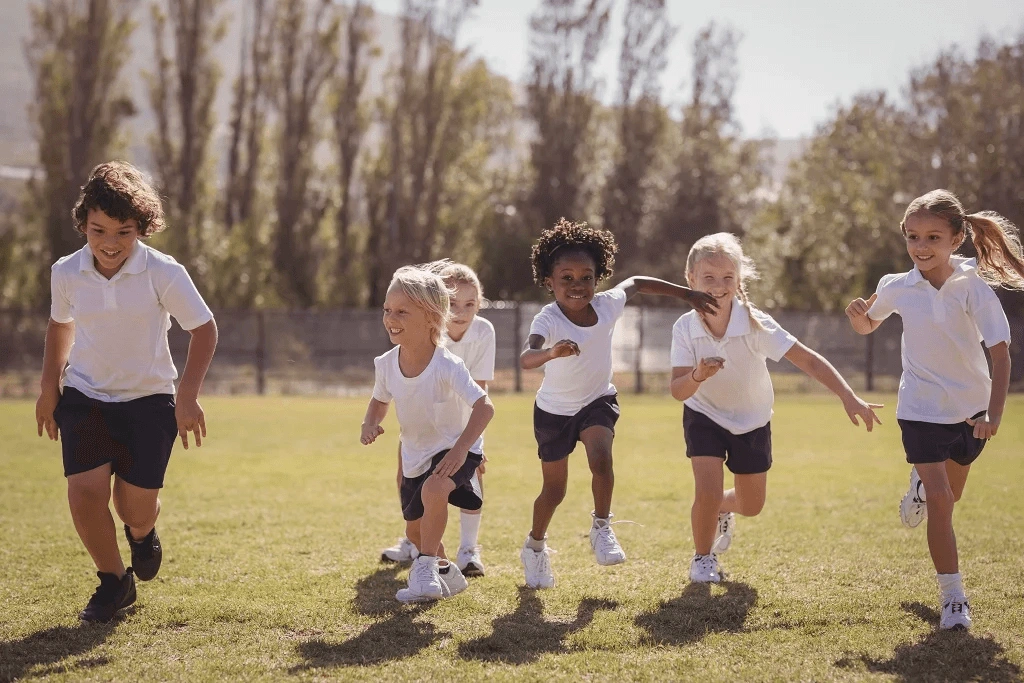
Unlock Your Future with Expert Career Support
As physical education equips students with essential life skills and fosters lifelong well-being, it’s clear that continuous skill development is key to personal and professional success. From building fundamental movement abilities to fostering teamwork and resilience, the lessons learned in physical education go far beyond the gym, shaping well-rounded individuals prepared for any challenge.
Similarly, when it comes to advancing your career, having a resume that showcases your unique skills and accomplishments is crucial. Whether you’re an educator, coach, or pursuing a different path, our expert resume writing services can help you stand out in a competitive job market. Let us craft a tailored resume that highlights your strengths and unlocks new career opportunities. Start your journey today with Resume Professional Writers!






